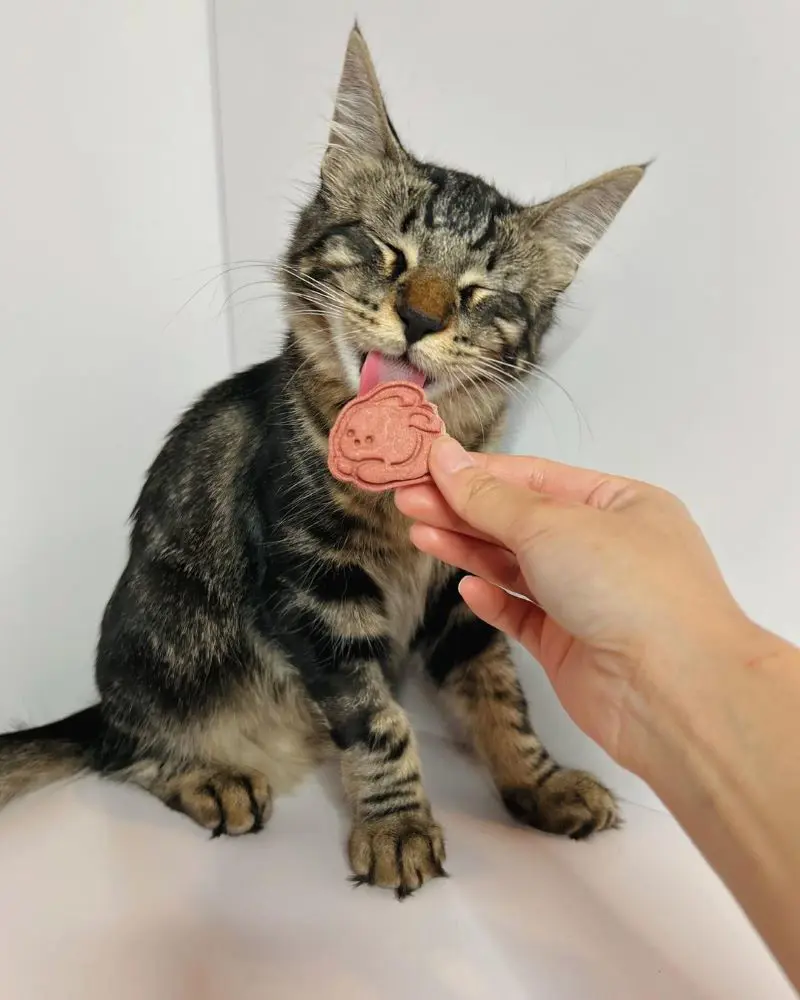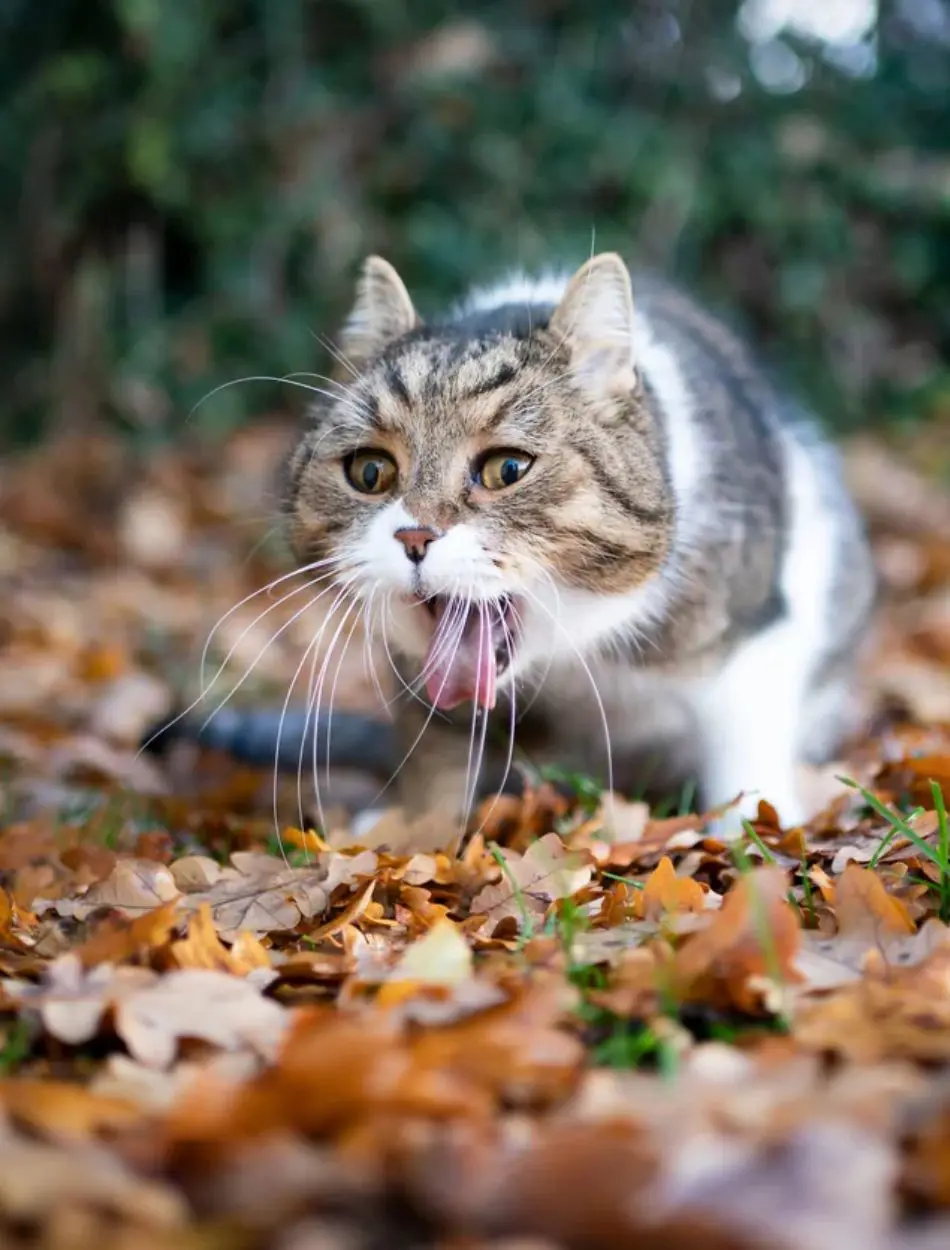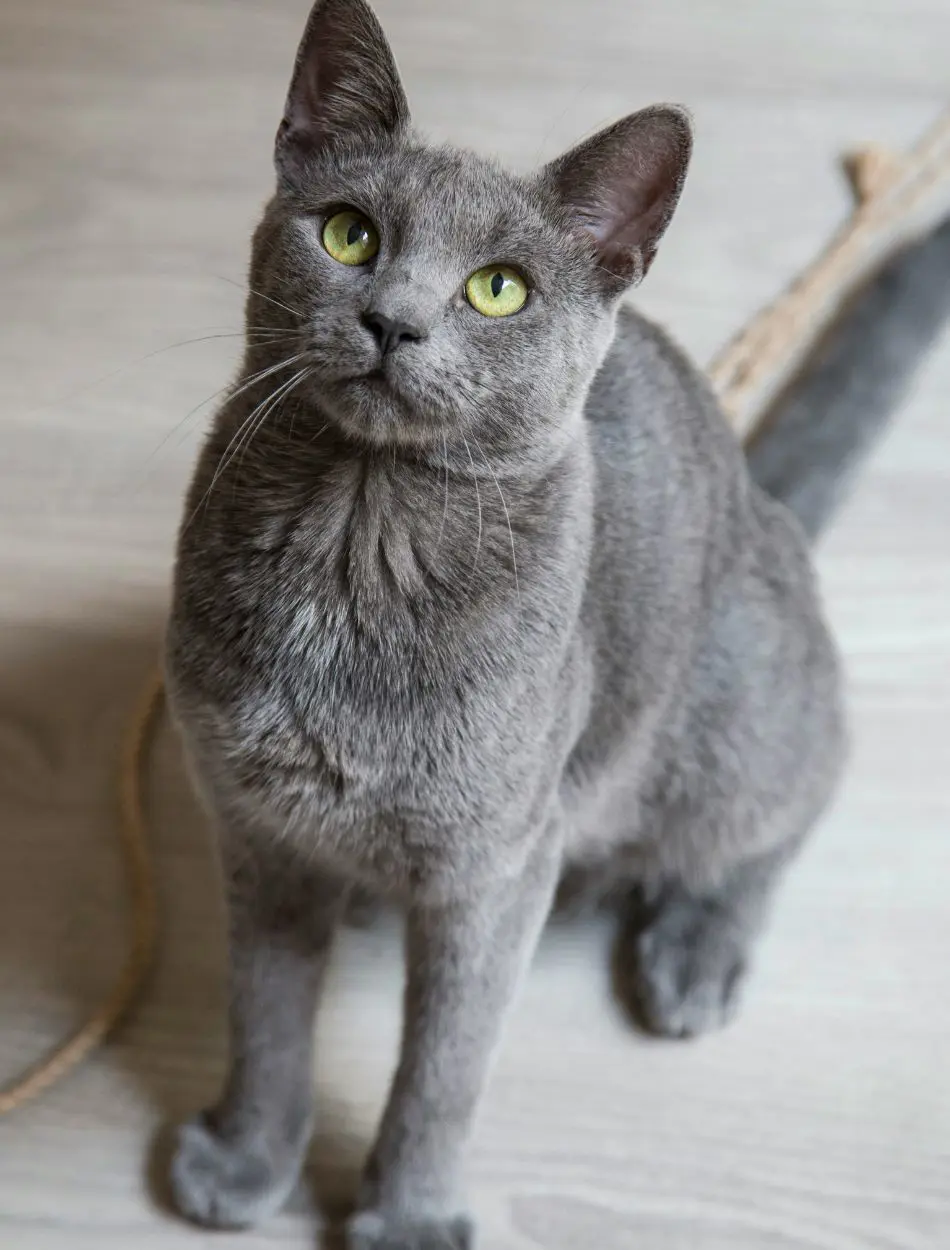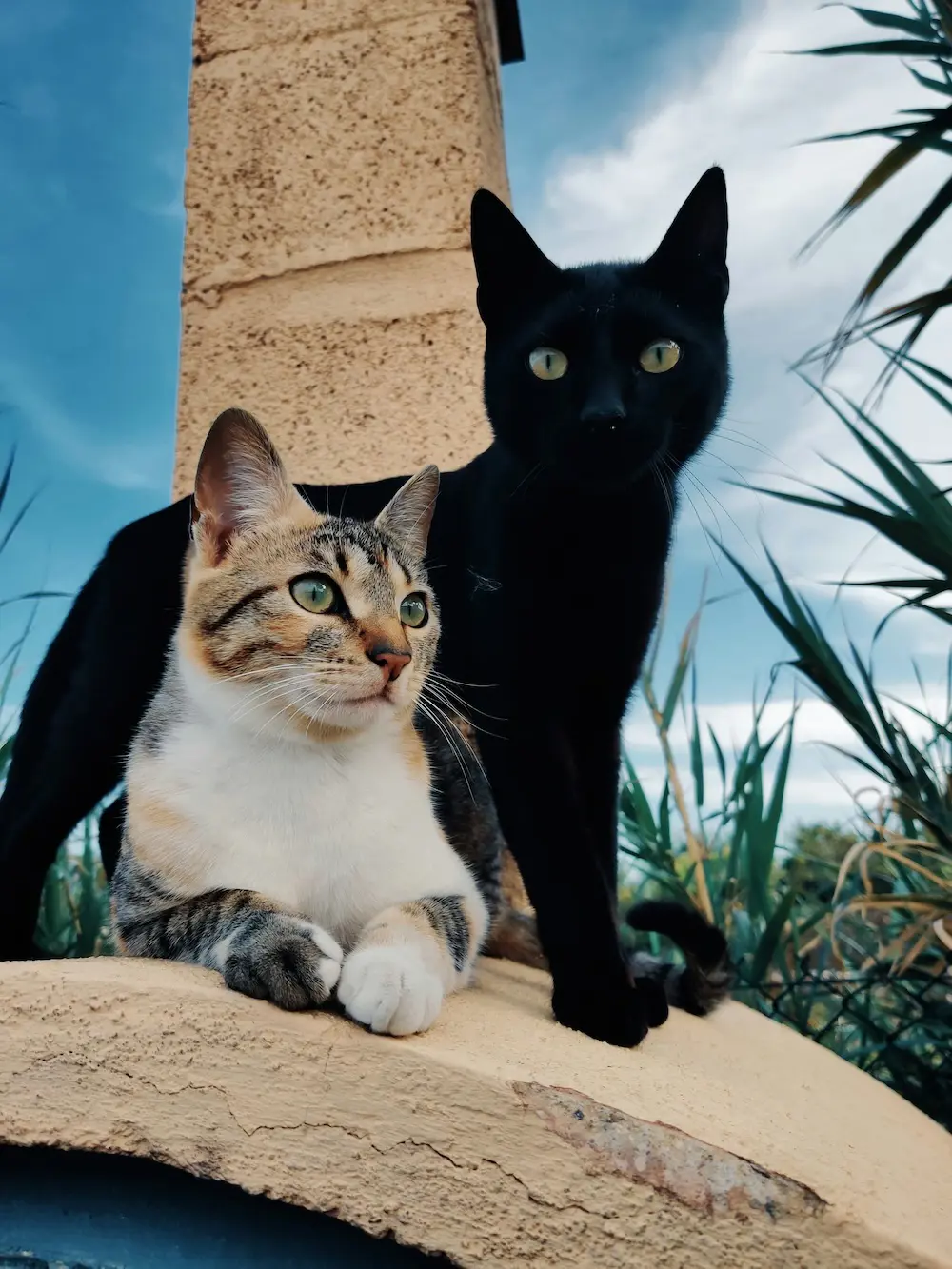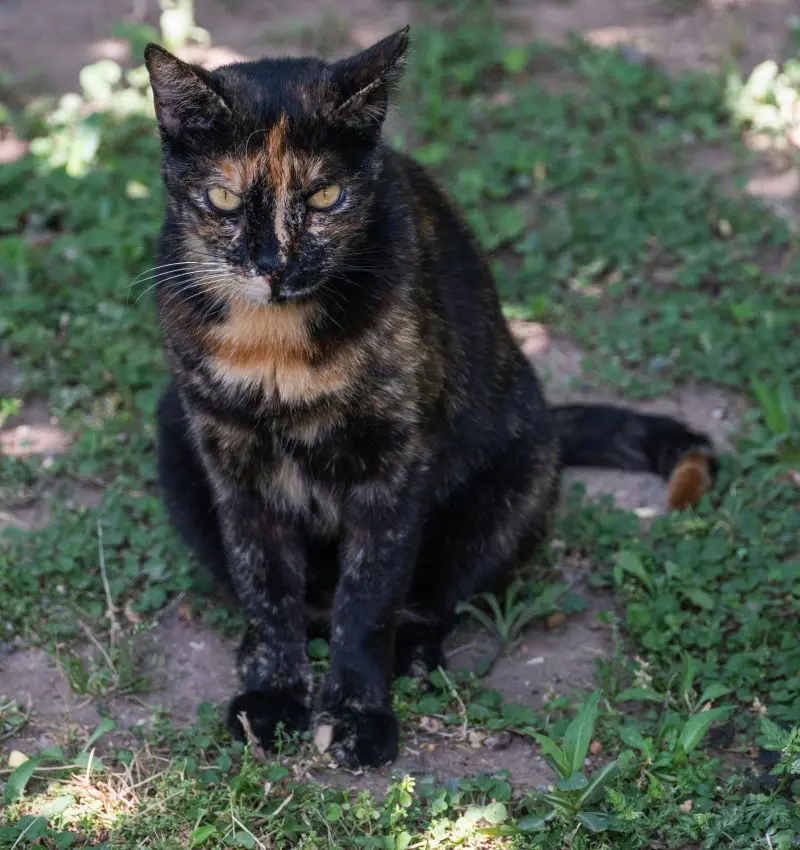18 Signs A Cat Is Dying
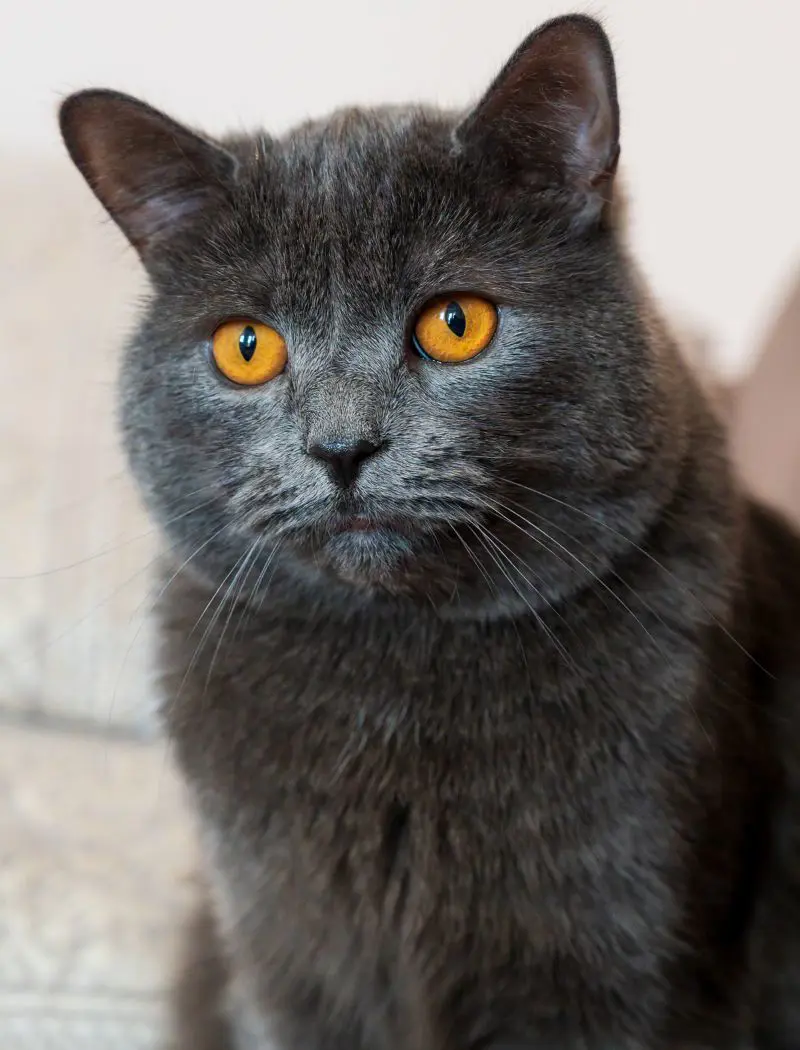
One of the most difficult things to witness as a pet owner is seeing your feline's degrading condition. They are known to hide their pain and discomfort during the end of their lives.
It is important to know the signs a cat is dying to offer comfort and help. In this article, we discuss 18 signs a cat may show during the end of its life.
1. Reduced Alertness
A cat that is towards the end of its life shows a decline in their awareness and responsiveness. They become less interested in things that would normally grab their attention.
This is mostly due to age, physical weakness, and lack of energy. A cat that would normally respond to doorbells may stop responding to any such sounds.
This is a normal part of aging but can be a sign that the cat is near the end of their life.
2. Decline In Activity
A noticeable reduction in activity level indicates a decline in their health. A cat that is near the end of its life is lethargic and shows signs of disinterest in previously enjoyed activities.
They may spend most of their time lying in one space in private areas. This decline in activity is mostly due to physical exhaustion, weakness, or pain.
3. Reclusiveness Or Hiding
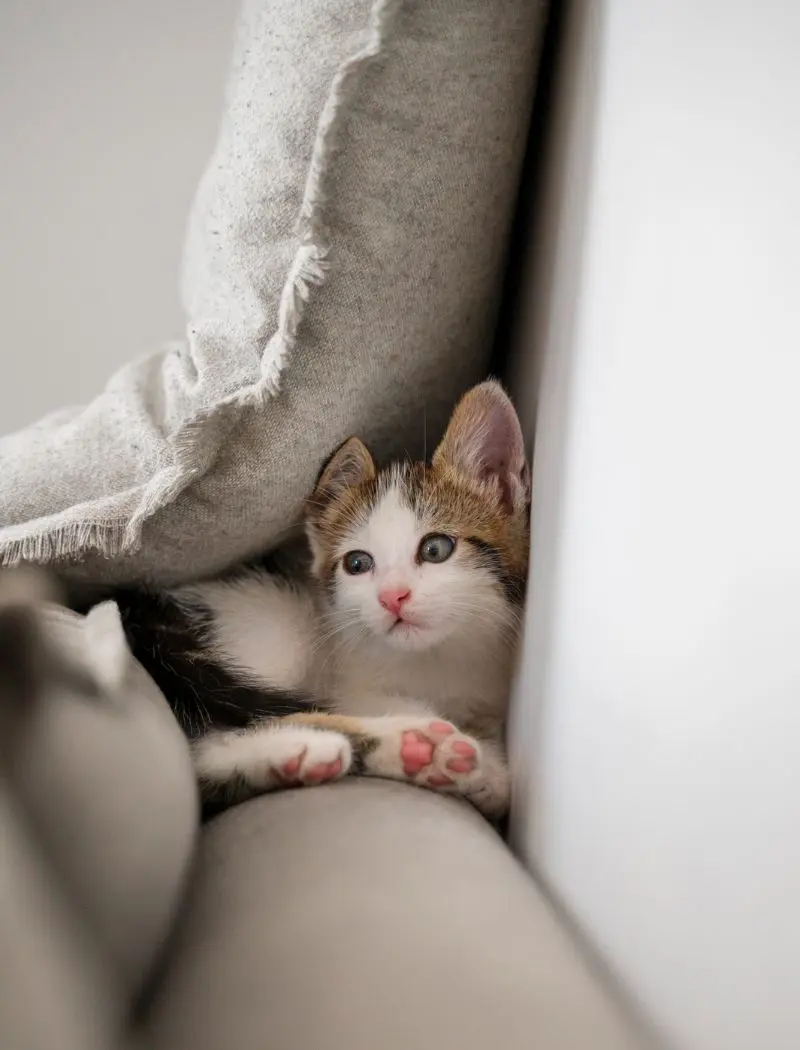
A notable change in a cat's behavior that is defined by an inclination toward isolation is a sign of nearing loss of life. They may show disinterest in social interaction with even familiar and beloved companions.
This innate behavior manifests in a preference for quiet and secluded spaces. They mostly draw back to concealed areas when they experience pain and a decline in their overall health.
4. Changes In Sleeping Patterns
Changes in sleep behavior can serve as a critical indicator of a cat’s impending demise. A dying cat shows more distinguished and irregular sleeping patterns.
Excessive sleep that is accompanied by restlessness and difficulty finding a comfortable cat sleeping position is the body's effort to fight the pain. Abnormal sleep patterns can also be a sign of a critical phase in the disease process of a cat.
5. Behavioral Changes
Behavioral changes in a dying cat can be displayed in a variety of ways. It often reflects their declining physical condition and increasing pain.
Neglecting personal hygiene due to a decline in grooming habits is an example of a behavior change. Vocalizations, such as excessive meowing or yowling, can also signal distress.
6. Pain Or Discomfort
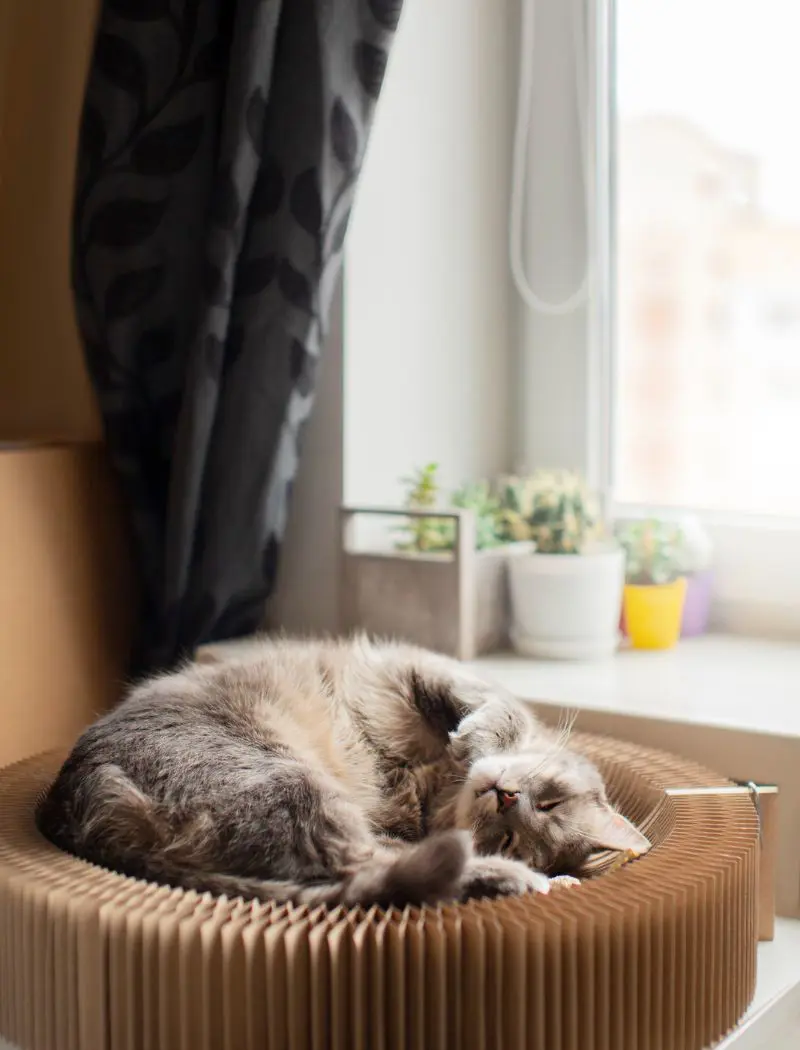
Pain is a prevalent yet often modest symptom in cats approaching the end of life. While they are known for their ability to hide discomfort, several indicators can signal their suffering.
Changes in posture, such as hunching or assuming unusual sleeping positions, are their attempts to relieve the pain.
7. Excessive Drooling
Excessive drooling is another distressing indicator of a cat's declining health. Cats with declining health conditions have difficulty swallowing, which contributes to increased salivation.
8. Vomiting And Diarrhea
Frequent vomiting and diarrhea in cats amount to critical indicators of a cat's declining health and may signal an impending demise. This can be due to reasons such as eating too much or worm infections.
It could also be due to underlying liver or kidney disease.
9. Pale Gums
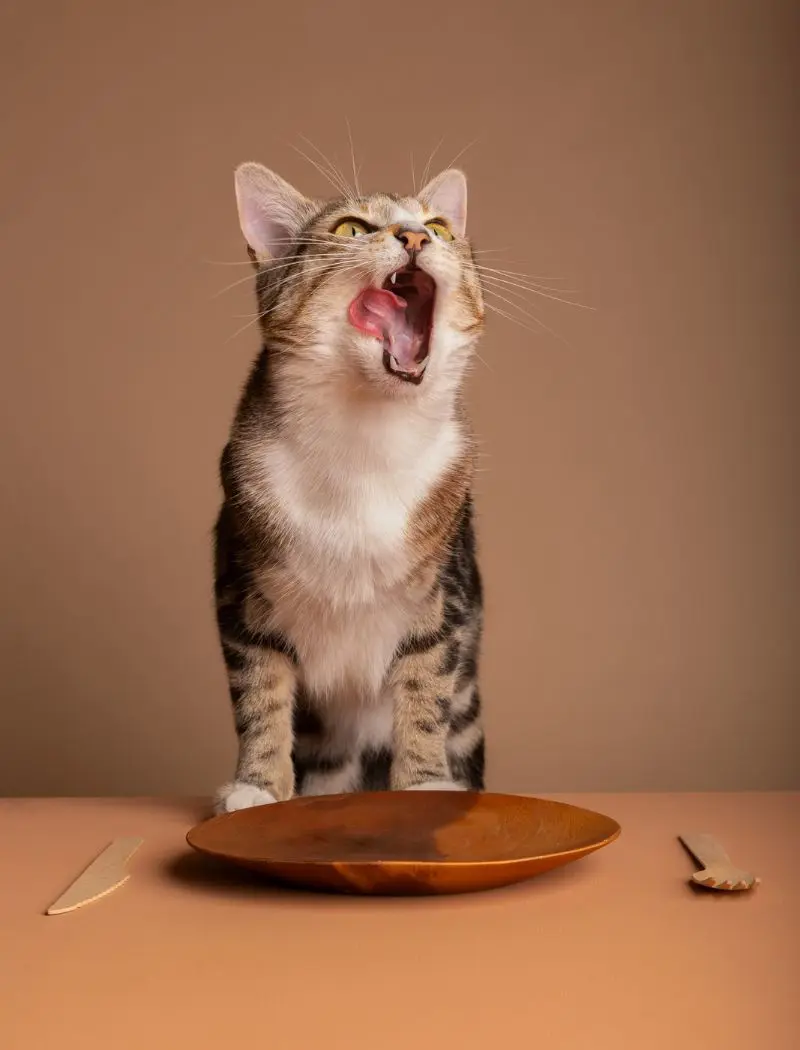
The coloration of a cat's gums serves as a vital indicator of its overall health. The pale or white gum of a cat is a serious sign of underlying health issues.
Pale gums in cats can be caused due to various factors such as organ dysfunction or infections. These conditions frequently manifest with other symptoms like weakness and dullness.
10. Sunken Eyes
It is a consequence of severe dehydration that is associated with terminal illness. The body's inability to keep enough fluids results in a slump of eyeballs within their sockets.
11. Unresponsiveness
Unresponsiveness in cats displays a lack of reaction to external triggers that include audio and video cues. It basically shows a deeply compromised brain function that is accompanied by physiological declines.
Cats also show symptoms such as labored respiration, pale mucous, and physical deterioration.
12. Incontinence
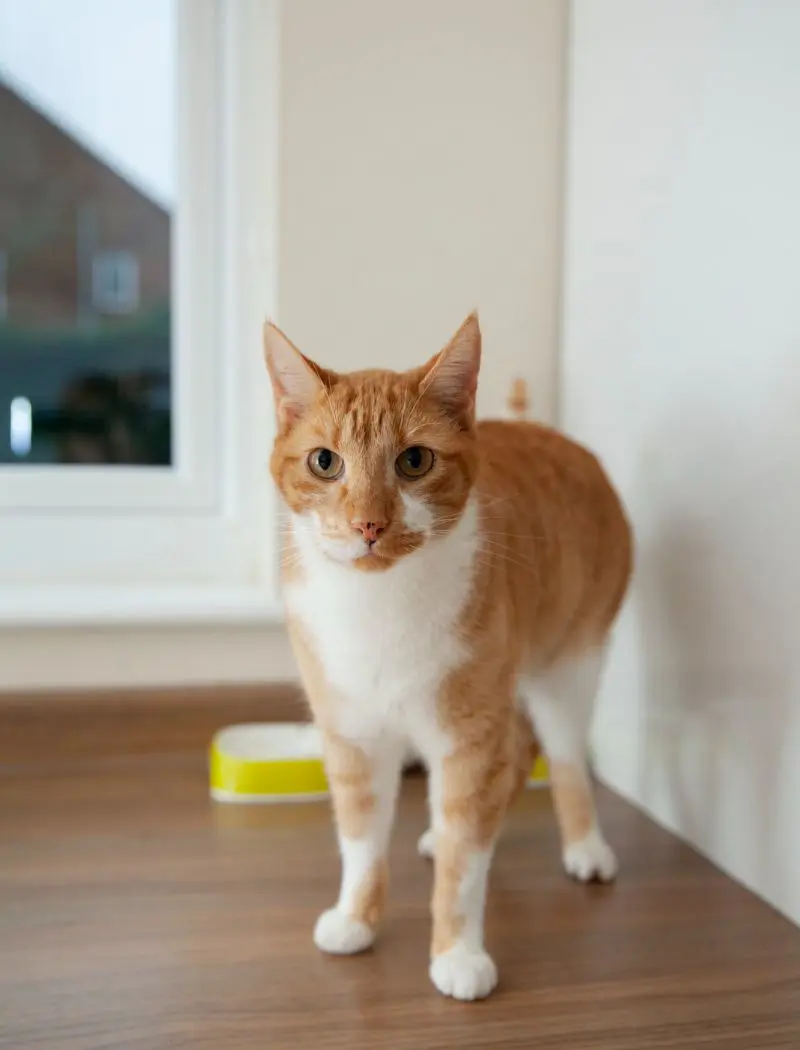
Urinary or fecal incontinence often appears as a distressing symptom in cats approaching the end of life. This loss of control over bodily functions can cause significant discomfort and distress for both the cat as well as to its caregiver.
As the cat's bodily systems decline, its ability to maintain continence also declines. This condition can lead to skin irritation and infections.
13. Unkempt Appearance
Another major sign of declining health in cats is a noticeable deterioration in grooming practices. A decline in physical capabilities can make a cat incapable of maintaining its coat.
The energy required for grooming becomes excessive and the associated discomfort may stop the animal from engaging in this essential activity. This may make the cat's fur appear dirty and unkempt.
14. Changes In Body Temperature
Changes in a cat's core temperature can serve as a critical sign of its nearness to death. A cat may suffer from hypothermia and embody cold extremities such as ears, paws, and tail.
They can also develop fever as a result of infections which indicates a weakened immune system.
15. Labored Breathing
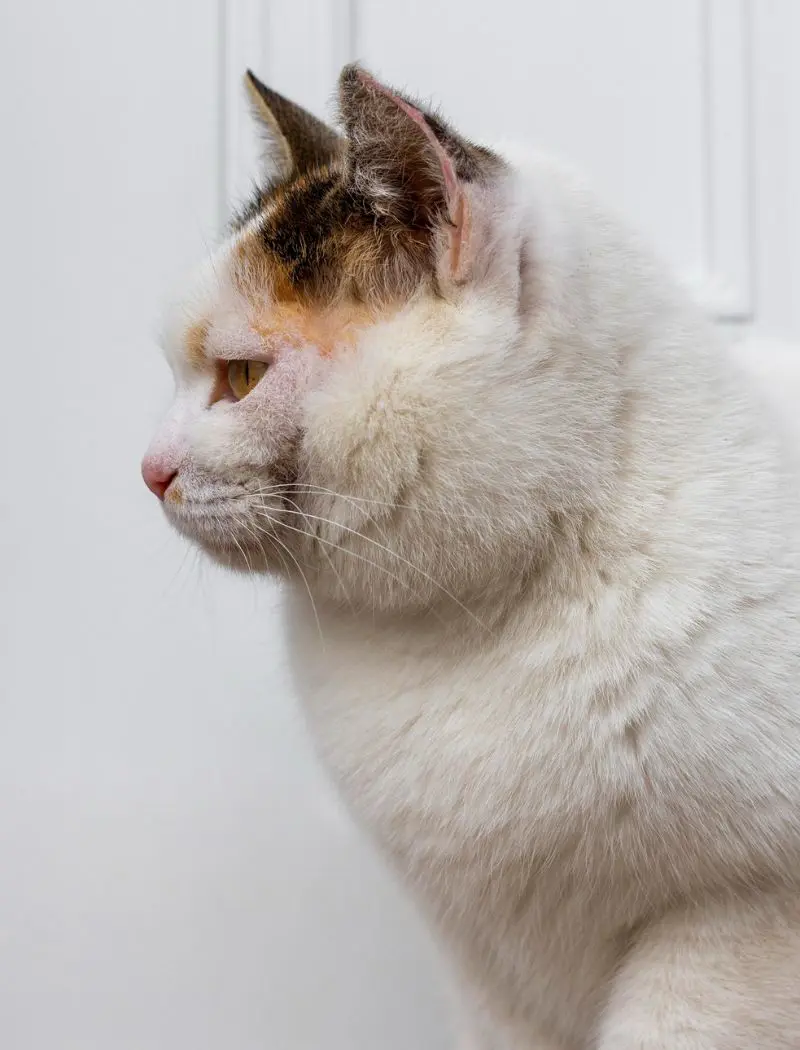
Labored breathing is a sign of a cat nearing the end of its life. It can show up as rapid breathing or even open-mouthed blowing.
It indicated that the cat's body was having trouble getting enough oxygen into its cells. The cat's general health and well-being are severely tired by these difficulties.
16. Weakness
Weakness indicates the body's declining capacity to maintain regular functioning. It is another common indicator that a cat is dying.
This overall weakness is frequently brought on by the body's inability to retain muscular mass and digest nutrients. Significant weakness can also result from severe infections, organ failure, or chronic disorders.
17. Weight Loss
A terminally ill cat's loss of weight is a complicated and problematic symptom that frequently results from several interrelated circumstances. Reduced appetite resulting from pain, nausea, or sensory impairment is the main cause of this illness.
18. Loss Of Appetite
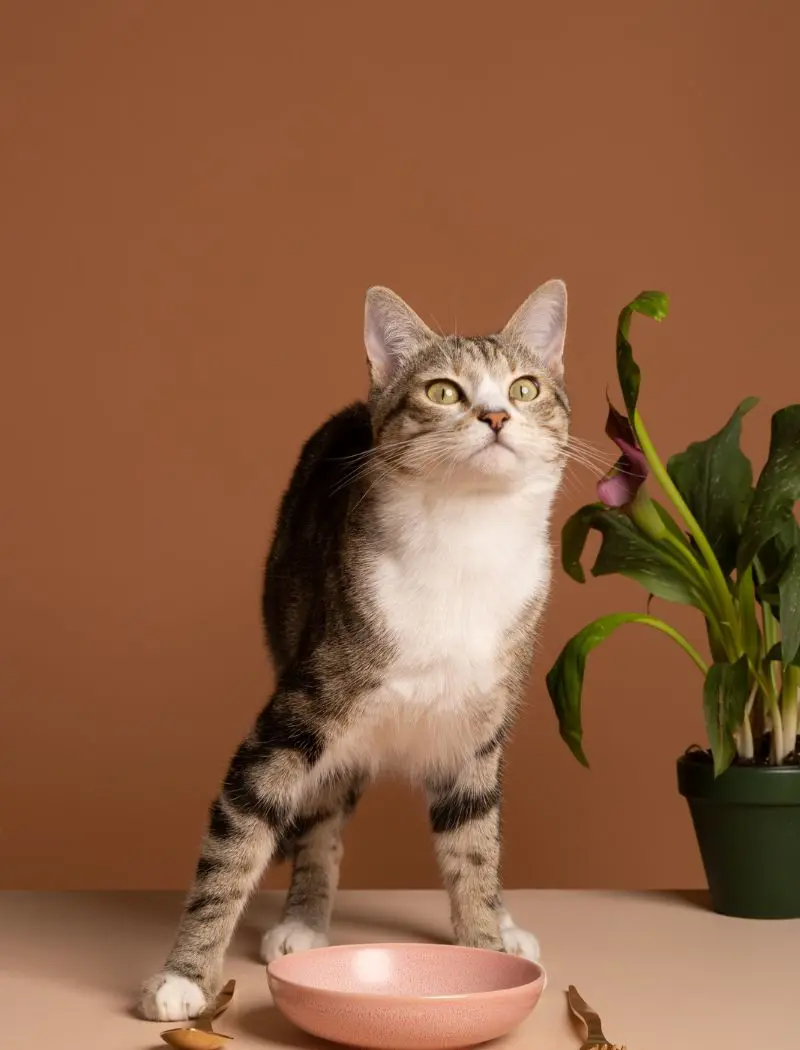
Animals are known to show a noticeable lack of interest in food and drink near the end of their lives which causes them to lose weight. Cats may even dislike their treasured food which is a sign of their declining health.
Digestion slows down as the body's essential functions diminish, which can lead to loss of hunger and cats losing weight.
Recent posts
Cats
How Much to Feed a Kitten: A Complete Chart, Schedule And Caring Guide
As cats are fast-growing, their nutrient requirement can change quickly, sometimes within a few days. Generally, a food schedule consisting of small amounts spread throughout the day is much better than feeding 2-3 large meals. If you are unaware of ...
Why Is My Cat Throwing Up? 16 Common Reasons
Your cat doesn't always give you a clue why their tummy is troubling them so much that it is hurling hairballs or something more serious. Why does your cat vomit? From simple dietary indiscretions to a myriad of other common and complex conditions, t...
A Step By Step Guide On How To Give A Cat A Pill
Since cats are regarded for their independence and generally tend to refuse to take medications, giving them a pill can be a tough attempt for many pet owners. This makes the process stressful for both the pet and the owner. This guide is supposed to...
Cat Poop Color Chart: How To Tell If Your Cat's Poo is Healthy
Monitoring your cat’s poop can offer essential clues about their health. While it appears to be a messy chore, taking note of the color, texture, and consistency of your cat's stool can warn you of underlying health troubles. The cat poop color...
15 Hypoallergenic Cat Breeds
Fur shedding, while a routine part of a cat's hygiene, can be a source of irritation to their owners. Especially in people allergic to protein excreted by cats, this can be a serious problem. Despite pet parents' fascination with perfect hypoallergen...
Blood in Cat Stool: What Does It Mean?
Noticing blood in your cat’s stool is a sight no pet owner wants to bear witness to. While seeing your cat excrete blood is hard enough already, this symptom could indicate something much more devastating. Take a look at some of the issues and ...
